How the Navy Yard went high-tech
Listen-
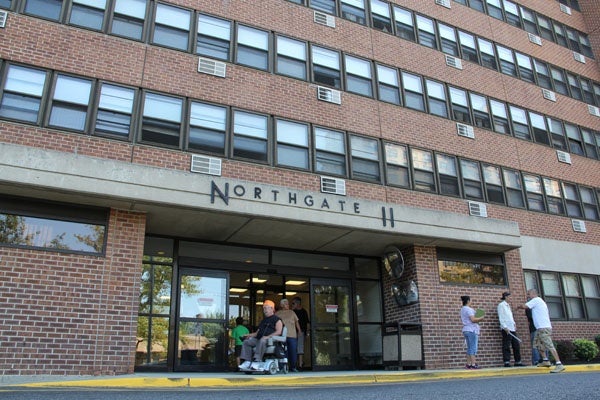
-
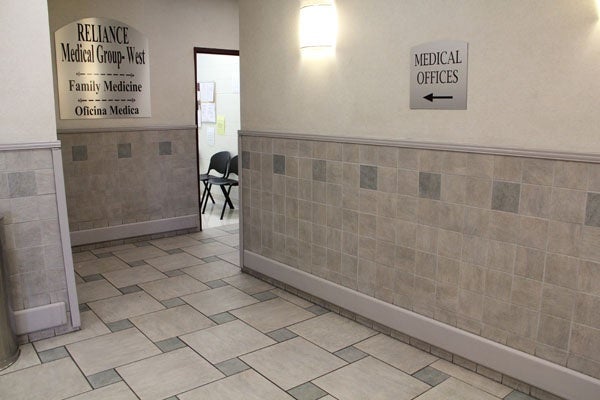
-
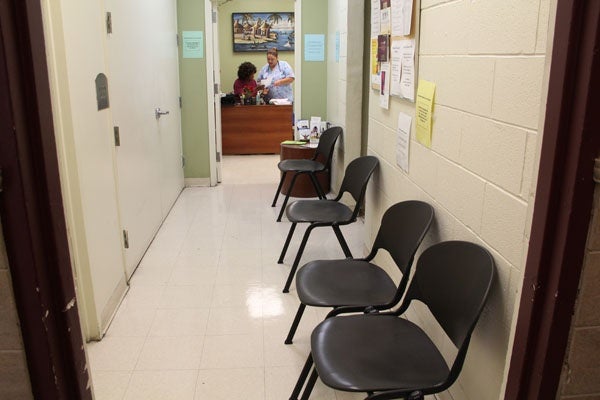
-
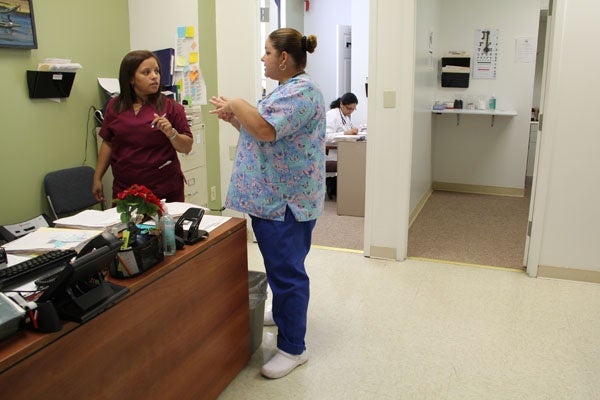
-
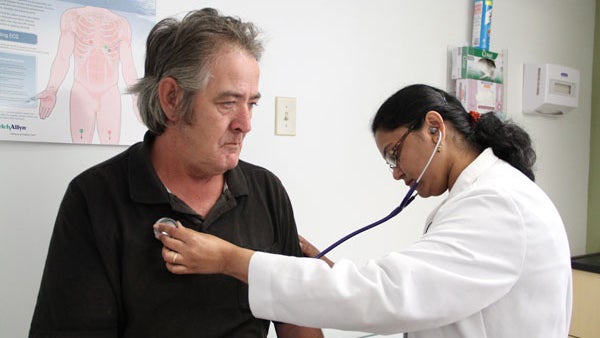
Dr. Madhumathi Gunasekarn examines John Pike at the Northgate II clinic in Camden. Pike is one of about 100 residents of the apartment complex who have visited the medical office. (Emma Lee/for NewsWorks)
-

-
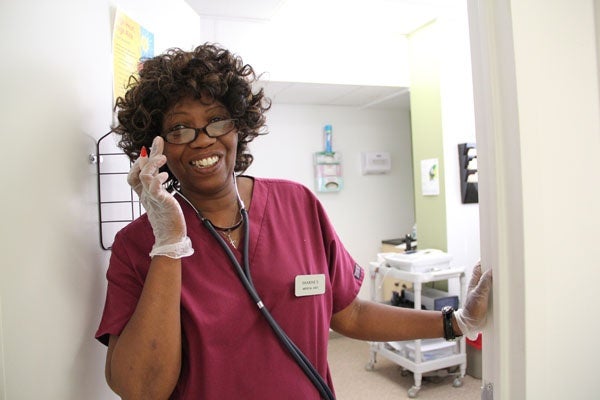
-
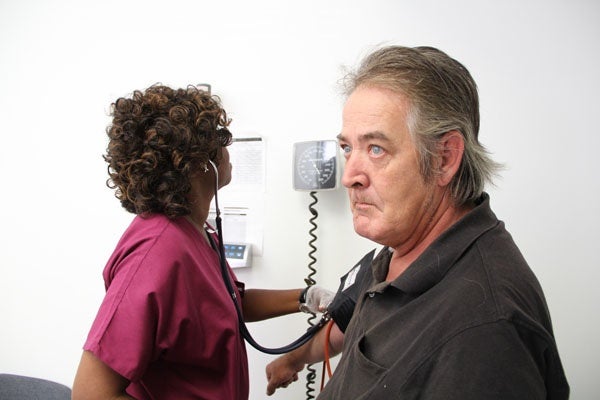
-
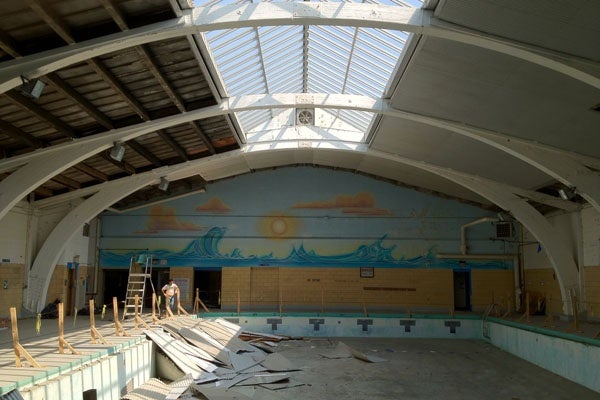
-
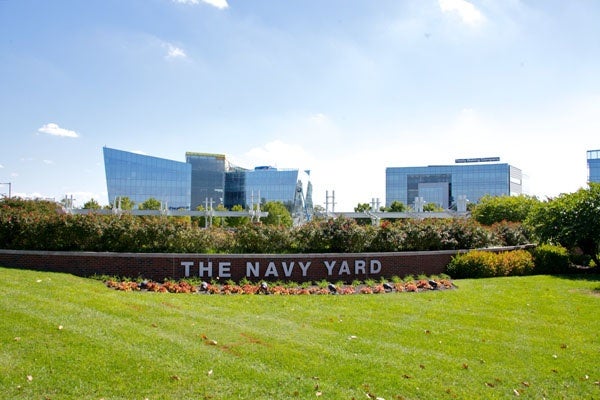
-
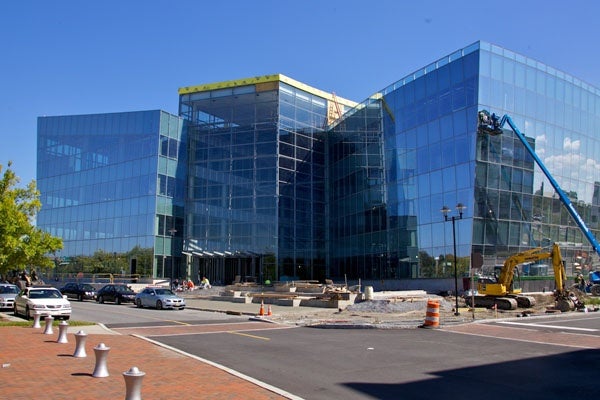
-
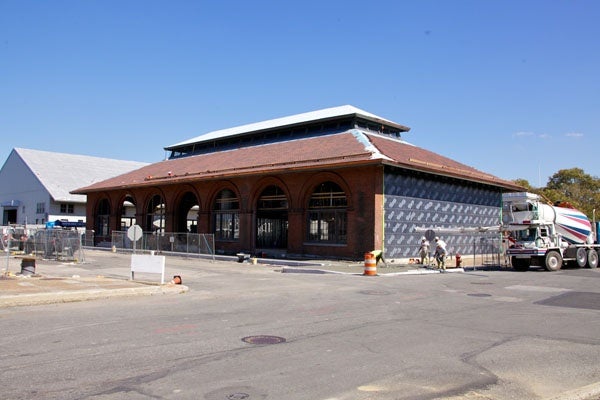
-
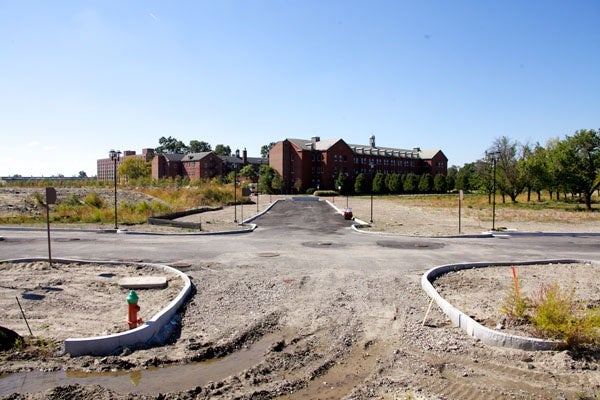
-
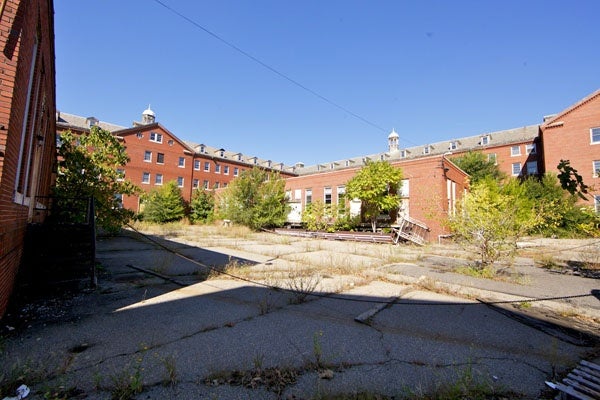
-
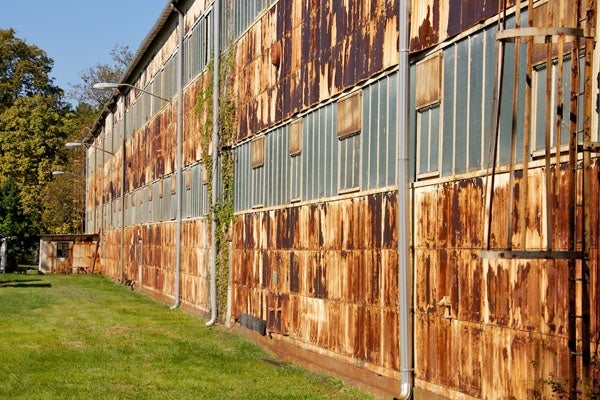
-
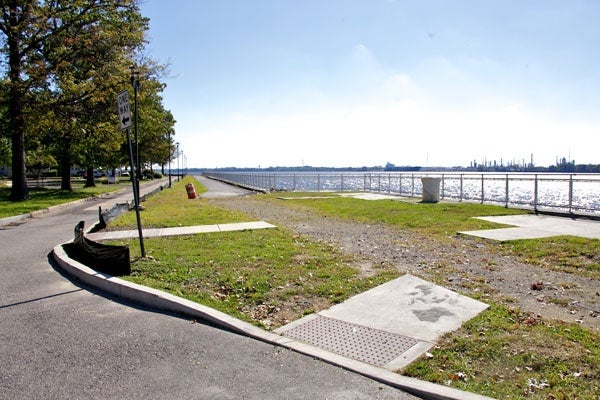
-
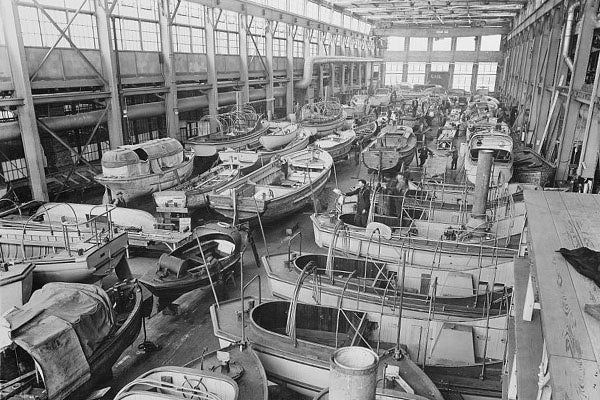
-
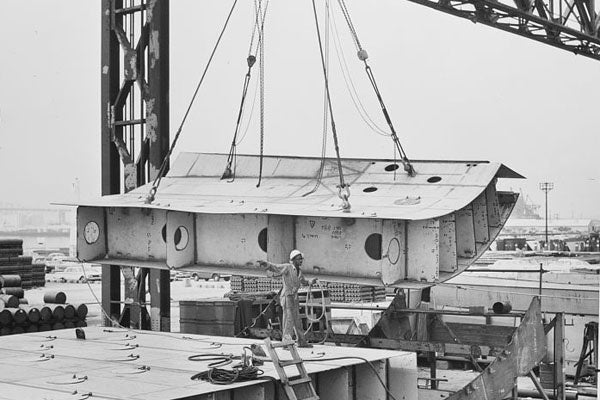
-
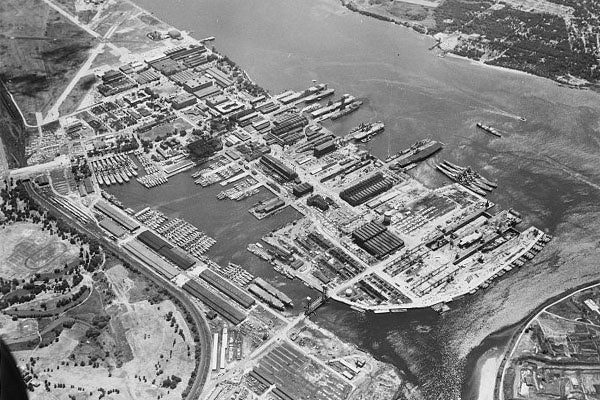
-
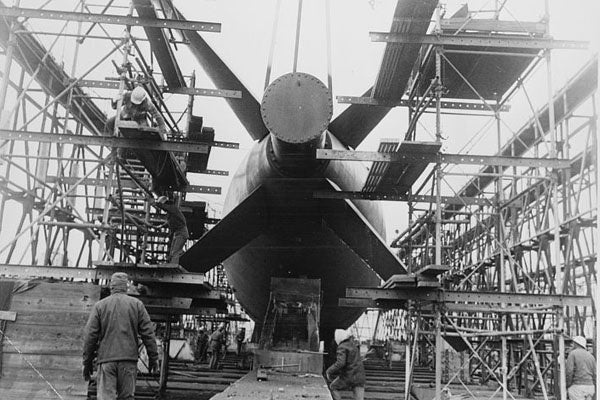
At the very bottom of Broad Street is an island the size of Center City.
In its day, huge Navy ships were built there and repaired there too. It played a key role in U.S. naval history. It employed thousands and thousands of civilian workers. It was a “city within a city.”
Then it closed.
Now, nearly 20 years after the Navy turned off the lights, the resurgence of Philadelphia Navy Yard is gaining steam. Officials say the curtain is going up on the Navy Yard’s “second act” — and energy R&D and the life sciences are playing key roles.
“Nothing”
I’m driving with Terry Gillen on streets she helped plan.
“So this was all nothing,” says Gillen, currently the city’s director of federal affairs. “There were no buildings, no driveways, no anything.”
Back in 1992, Gillen was working under Mayor Ed Rendell as deputy commerce secretary. That’s when she was first tasked with figuring out what to do with the Navy Yard.
“It was like landing in Oz coming down here,” Gillen recalls.
The Base Realignment and Closure Commission (BRAC) decided to shut down the Philadelphia Naval Shipyard in 1991. The city’s Congressional delegation fought the decision, Gillen says, “while the city administration was in the unhappy position of having to plan.”
The Navy left in 1996. And when it did, 10,000 civilian jobs — a full one percent of Philadelphia’s workforce — disappeared.
Gillen says that was the spark. The city would ultimately sketch out a 20-year roadmap that would replace those jobs by turning the Navy Yard into a new kind of economic engine.
“Putting a plan together that said, ‘We’re going to create 10,000 jobs,’ ” Gillen says, “was an act of tremendous bravery and some would say craziness.”
Building blocks
It all started with commercial shipbuilding, then industry. Soon corporate tenants started moving in. By the mid-2000s, Urban Outfitters had fixed up a handful of buildings, creating a stylish business campus. Startups began renting space in former officers’ quarters.
Shiny glass began to complement weathered brick. As we speak, pharmaceutical giant GlaxoSmithKline is finishing up its brand new North American headquarters.
I ask Gillen if this is what she and her colleagues had imagined in the early ’90s.
“Yes,” she says. “It looks exactly like what we had imagined.”
Except for one thing.
“I don’t think we would have imagined that energy would be as big an industry as it has become,” Gillen says.
Especially since the Navy Yard’s beat up old buildings have actually become a selling point.
The Hub
“So we’re walking into a building that has had its utilities shut off since it closed in 1996,” says Penn State’s Steven DiBartolo. “You’ll get a nice musty smell as you go in.”
DiBartolo is overseeing the construction of the new Energy Efficient Buildings Hub. The former Navy rec center (swimming pool, basketball courts) will soon become a living laboratory. The idea is to show landlords how they should retrofit their buildings.
“So we want to make it where it’s affordable, where it’s practical,” DiBartolo says. “This is to demonstrate ‘how to do it’ instead of just coming up with the best energy efficient number we can possibly get.”
The EEB Hub, as it’s called, is funded by a $130 million grant, mainly from the U.S. Department of Energy. It’s a project led by Penn State that’s meant to reduce the amount of energy wasted by big buildings.
The goal is a 20 percent reduction by 2020 for the entire U.S. commercial building sector.
“That involves policy, human behavior, and technology,” says Laurie Actman, the EEB Hub’s deputy director. “The way those three things come together is the core problem the Hub is trying to figure out.”
Actman says locating at the Navy Yard was one of the key reasons the region won the Energy Department grant in the first place.
The building sector is an industry that tends to shy away from risk, Actman says. And yet buildings use 40 percent of the nation’s energy.
So the ability to test out efficiency techniques with old buildings at the Navy Yard was a huge opportunity. The site even has its own special power grid.
“We’re trying to reposition, leveraging all that history toward a new sector in terms of energy innovation,” Actman says. “That’s kind of what the Philadelphia story is all about: making the past an asset for the future.”
That ethos even extends to some employees.
Test bed
“I am an engineer, but I’m a mechanical engineer,” says Bob Gorgone. “In Navy terms, I was a pump kicker,” he adds, laughing.
Gorgone is pretty much a Navy Yard lifer. He first started working here in 1973. He met his wife here. He’s the resident historian.
“The Navy Yard is really a true destination point for companies these days. It’s amazing to me,” Gorgone says. “But it’s really by design and by hard work.”
Gorgone says a team of top-notch economic development pros have stuck to a plan — basically the same plan Terry Gillen first worked on in the early ’90s.
That’s why the Navy Yard is a success, Gorgone says. It’s been able to slowly build on its strengths.
And clean energy is just the latest extension of that.
“We can try out that technology,” Gorgone says. “The idea is, if the technology is successful and it works, they’re going to want to commercialize that technology. And we will have the space and location to allow them to do that.”
The hope is that science leads to jobs.
“Tipping point”
That’s where Will Agate comes in. He’s the vice president at the Philadelphia Industrial Development Corporation in charge of running the Navy Yard.
“We are probably one of the preeminent advanced energy centers in the country at this point in time,” says Agate.
Agate says the recent success around science and energy is really just a means to an end. The goal is to become “a city within a city” again.
And when GlaxoSmithKline brings its 1,300 employees to the Navy Yard early next year, that goal will inch closer to reality. The arrival of GSK will tip the Navy Yard over that coveted 10,000 jobs mark.
“We do like to think of this as being the tipping point,” says Agate. “Now we’re onto, I like to refer to it as, the second act of the whole play for the Navy Yard.”
WHYY is your source for fact-based, in-depth journalism and information. As a nonprofit organization, we rely on financial support from readers like you. Please give today.



